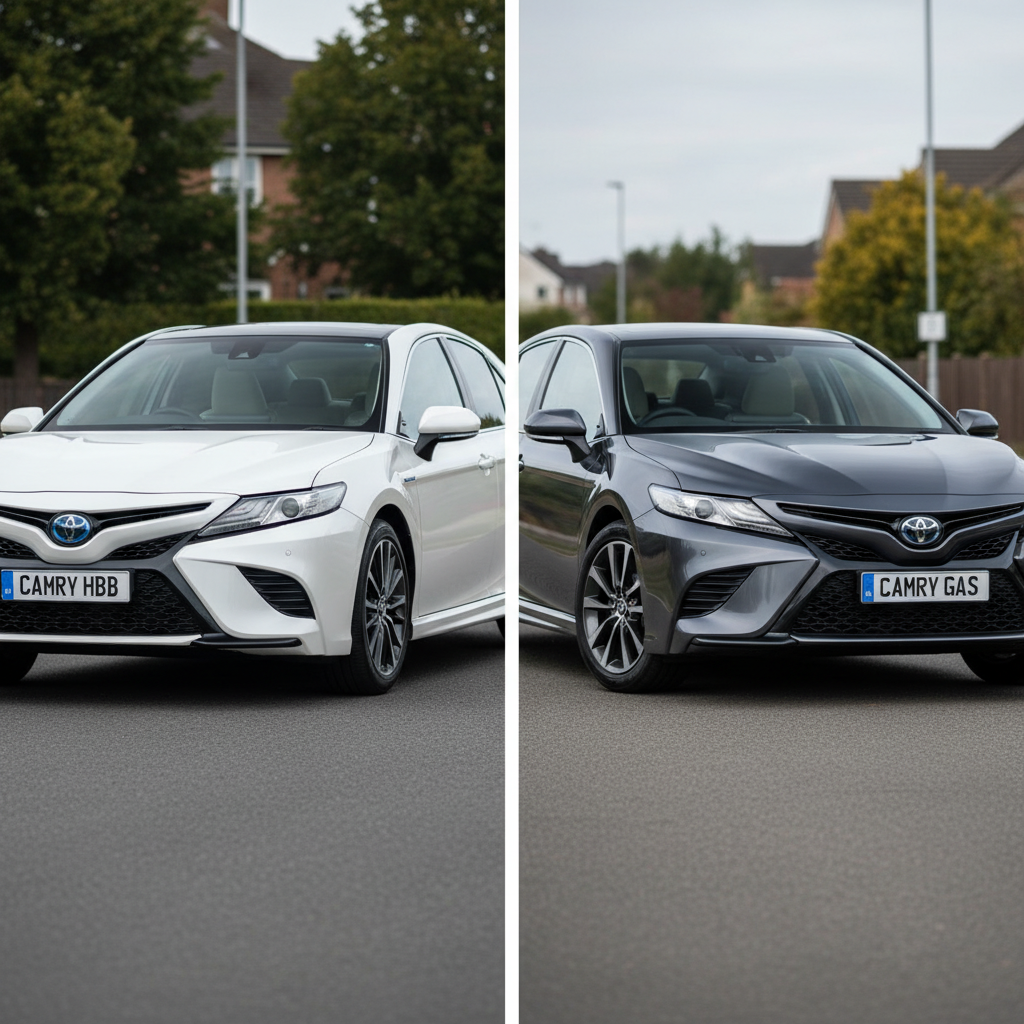Hybrids That Actually Pay You Back: Which 2024–2026 Models Beat Gas Cars at Their Own Game?
🔒
Contents
Premium Content Locked
This exclusive content requires viewing a short video advertisement to unlock.

Contents
This exclusive content requires viewing a short video advertisement to unlock.